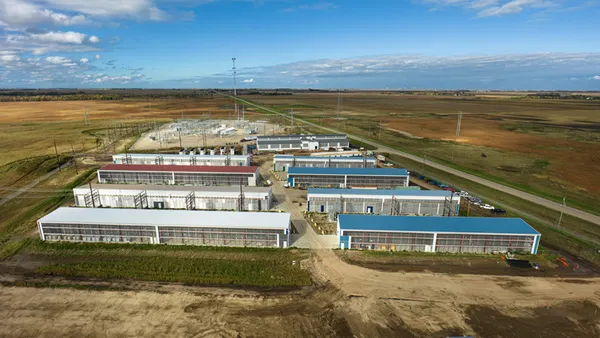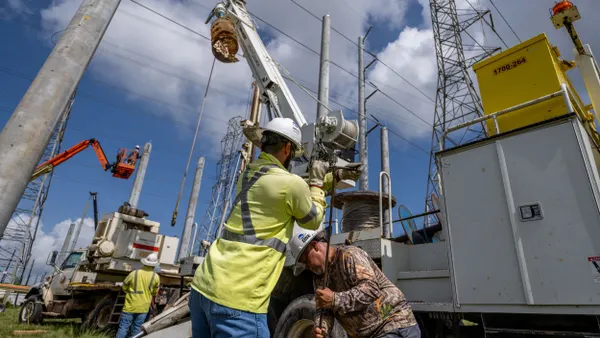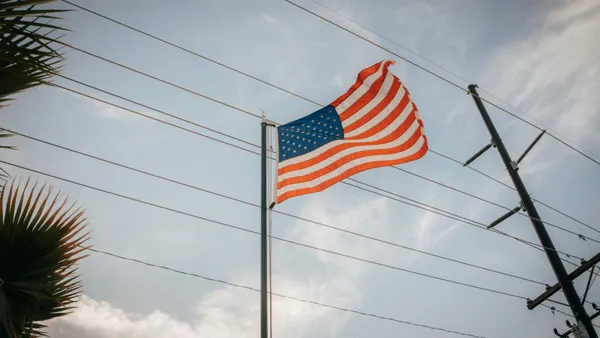Dive Brief:
- Florida Power & Light serves about 10 million customers and two-thirds of those are in counties expected to be hit hard by Hurricane Irma, according to the Sun Sentinel. The utility is expecting millions to lose power when the storm makes landfall over the weekend.
- In Puerto Rico, almost a million were without power though the island territory avoided a direct hit. According to The Washington Post, outages took out traffic signals as well, snarling traffic in San Juan.
- According to FPL, it is mobilizing a restoration workforce of more than 11,000, pre-positioning workers and equipment in the areas expected to be hit hard.
Dive Insight:
Irma is expected to hit south Florida sometime Saturday night or Sunday morning. The exact track is still unknown, but the largest utility in the state is scrambling to get ahead in preparations. FPL says more people could lose power than did in 2005, when Hurricane Wilma left 2.5 million in the dark. And the utility is expecting "widespread and substantial destruction that will require crews to literally rebuild parts of our electric system," FPL CEO Eric Silagy said in a statement.
"Restoring power through repairs is measured in days, while rebuilding our electric system could be measured in weeks," Silagy added. "However, no matter how extensive the damage, we are fully committed to working around the clock to get the lights back on for our customers."
NBC News reports the Bahamas is expecting more than a foot of rainfall Friday night. The storm is expected to hit south Florida as a Category 4 and could bring even more rain. FPL says it is rounding up additional restoration workers from out-of-state utilities and electrical contracting companies, and pre-positioning those already on hand. The utility is also opening more than 20 staging sites in the areas most likely to be impacted. The utility is also taking its Turkey Point and St. Lucie nuclear plants offline until it's safe to resume operations.
The utility says it will work to restore power as the storm's outer bands begin to impact its service territory, but only as long as it remains safe. Once winds drop below 35 mph, FPL said it would continue restoration and conduct damage assessments.
Up the Atlantic Coast, Duke Energy says it has "a detailed storm response plan." In advance of the storm, line technicians and others are checking equipment, supplies and inventories to ensure there are adequate materials to make repairs and restore power outages.
"Irma is one of the most powerful storms we've seen in the Atlantic since we started keeping record," Duke Energy lead meteorologist Steve Leyton said in a statement. "While the track of the storm could still change in the coming days, it is important for people who live in its potential path to make plans now and prepare their homes and families."
Hurricane Irma is the second hurricane to wreak havoc in the Gulf Coast. Hurricane Harvey flooded Houston and knocked out power to nearly 300,000 Texas customers when it came ashore as a Category 4 storm. A Union of Concerned Scientists report noted the central Gulf Coast and Southeastern Florida are especially vulnerable to severe storms. Hurricane Katrina's aftermath illustrated that, but the report noted the region was still slow to adapt to the risks from climate change — which include increasingly severe storms.













